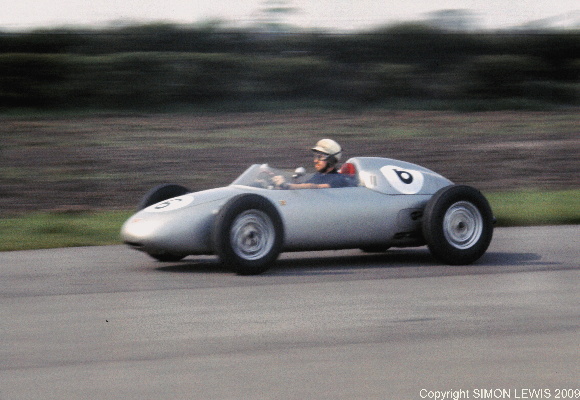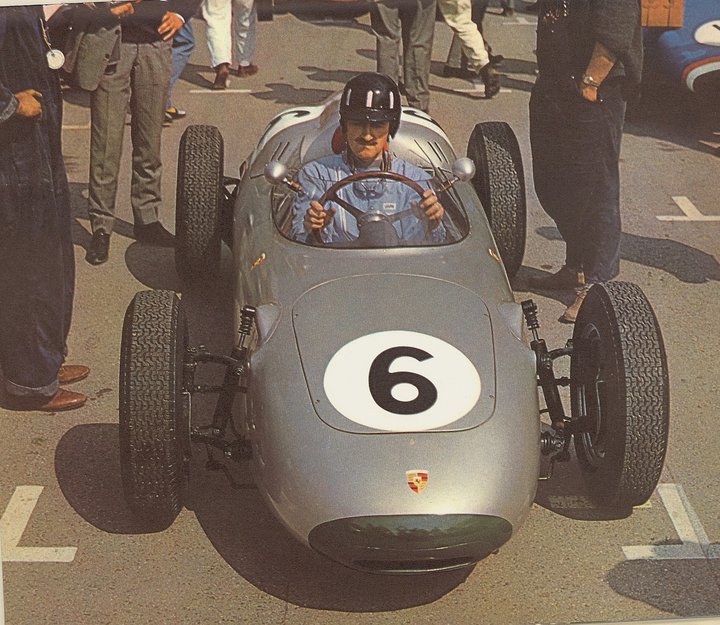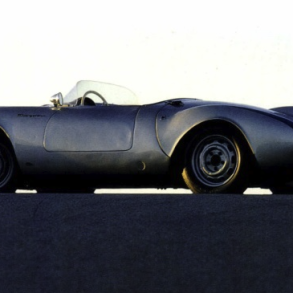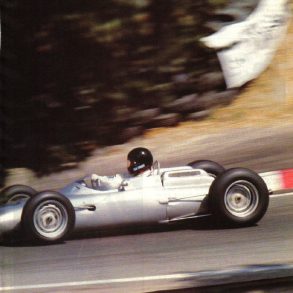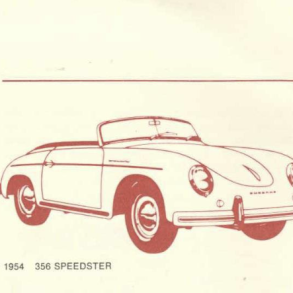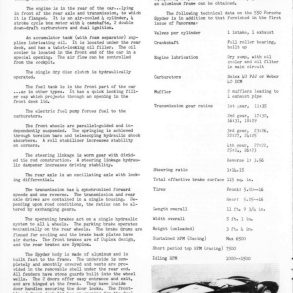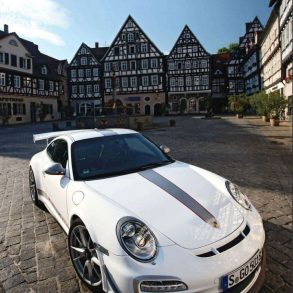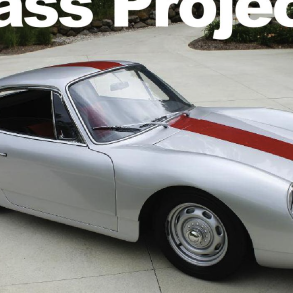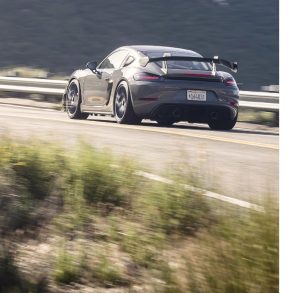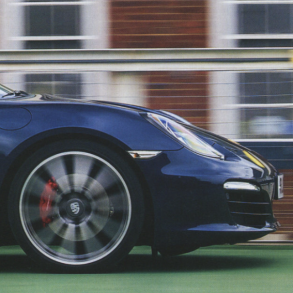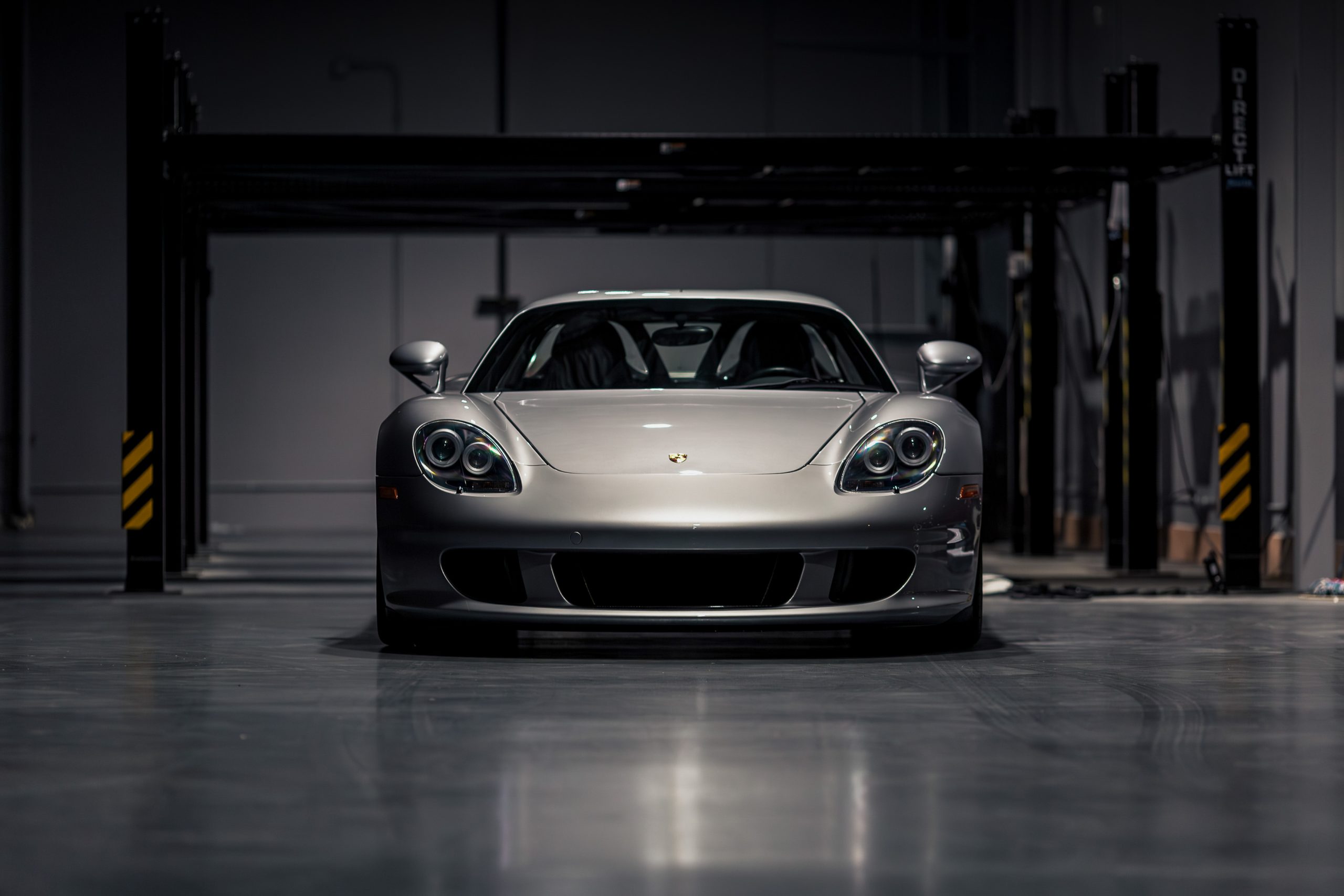PORSCHE for one
Porsche cars have never been considered multi-seaters. Even in nominally four-seater models, only the driver and the person sitting next to them could hope for any kind of comfortable seating—the back seat was only suitable for small children. It’s only in the last three or four years that the manufacturer has threatened to create a Porsche-branded minivan, a multi-seater SUV, or even a four-door passenger car—but traditionally, any passenger car from Zuffenhausen is designed for only two.
On the race track, two people are no longer allowed in a car—long gone are the days when a mechanic had to ride alongside the driver. The history of single-seater Porsche cars dates back to 1957, when racer Edgar Barth entered a Porsche Spyder RS with an aluminum hood over the passenger seat into the West German Formula 2 race at the famous Nürburgring. The car weighed 530 kg—significantly more than its main competitor, the Cooper Climax—but Edgar Barth still won the race. A year later, in Reims, another competitor, Jean Behra, competed in a Porsche 550 RSK 1500, which had both the steering wheel and driver’s seat moved from their standard position and mounted precisely along the car’s longitudinal axis. The modifications didn’t stop there, however; the car was also equipped with a more streamlined body and a boosted engine output of 164 hp. c., — all of this combined allowed her to stand up to numerous and strong competitors with honor: 14 Coopers, three Lotuses, and three OSCAs took the starting line in Reims, plus there was also a mighty 182 hp Ferrari. Behra outran everyone and took first place.
Convinced of the undeniable advantages of the single-seater layout, Porsche laid down the foundations of its first racing car, built from the ground up using this layout rather than converting it from a two-seater. In the winter of 1958–1959, this car was completed and tested on the same Nürburgring Nordschleife track—where it set a record result for that section of the circuit—and a few days later, it was already on the grid for the Monaco GP: at the time, Formula 2 cars were also allowed to compete there. It was to be driven by a prominent German sportsman of the era, Count Wolfgang von Trips. Incidentally, it was he who tested the car at the Nürburgring and was quite pleased with it. (Meanwhile, Jean Behra, a successful Frenchman, attempted to design his own car for the same race using Porsche components; he actually designed and even built it, but the Behra-Porsche, unfortunately, failed to qualify and was not allowed to start.)
At the start of the competition, only one example of the new single-seater Porsche existed. One can imagine the degree of frustration everyone at the company felt when von Trips skidded on the very second lap, sending his car crashing sideways into the barrier. “The track was slippery, like soap,” von Trips later explained, “because everyone at the start had overfilled their fuel tanks, and the excess fuel was spilling onto the pavement.” However, Gunther Molter, a sports columnist for the respected magazine Auto Motor und Sport, lambasted the Count for the accident: “That’s why a racing car has a driver behind the wheel, to be able to control it in any road condition… The Porsche factory team, unfortunately, trusted von Trips far more than he deserved; they probably should have tried to find a more qualified driver for this race, even if it meant additional expenses.”
With very little time remaining before the end of the 1959 racing season, the wrecked car wasn’t even repaired. Any hopes of a rematch had to be postponed until the following season, and the remaining time was used to prepare several cars of this type. They received the index “Typ 718.” Von Trips’s services were not abandoned, but the factory team was nevertheless reinforced with highly qualified drivers: Stirling Moss, Graham Hill, and Joakim Bonnier all drove for the team in 1960. Things immediately improved: second place in Brussels, all three first places at Aintree, victories in Pau and at the Nurburgring, an excellent result in Syracuse… Stirling Moss was especially outstanding, “bringing” the team four first places in nine Formula 2 starts in his dark blue car. But, of course, even Moss wouldn’t have achieved so many victories with a poor car: at the very height of one of the races, he mistakenly “put” the wrong gear… and revved the unfortunate engine to nine thousand rpm. “Well, I thought, this is the end for me,” Moss said of the incident. “It turned out – no, nothing of the sort! Porsche knows how to make engines: where any other powertrain would have given up the ghost, their products continue to operate as if nothing had happened… I even made it to the finish line and took first place.”
As you can see, even highly skilled drivers sometimes make mistakes in gear selection. True, Moss claimed after the race that he personally had nothing to do with it, and that the car’s six-speed gearbox is simply so confusing: you can’t immediately tell which gear is which. He even asked to equip his car with a gear shift from a Formula 1 Maserati 250F racing car: there, everything was definitely taken to the limit.
The car’s engine was indeed reliable and proven—a 1.5-liter, air-cooled, four-cylinder, flat-twin engine, the so-called “Fuhrmann engine,” designed back in 1952-1953: 1.5 liters, 165 horsepower. But this engine was already at the very limits of its capabilities: further increases in output were possible only with radical changes to the fuel system; all other reserves had already been exhausted. In 1962, Swiss engineer M. May designed a direct fuel injection system specifically for this engine, and power actually jumped to 180 horsepower. But this was truly the limit of the four-cylinder engine’s capabilities; there was nowhere further to go. In fact, this became clear to everyone even before the end of the 1961 season. Ferraris and Lotuses dominated the tracks, and the Porsche 718 was no longer able to rise above third place in the world championship, no matter how hard Stirling Moss and American driver Dan Gurney tried. The question of an 8-cylinder power unit for Porsche racing cars has finally come to fruition.


